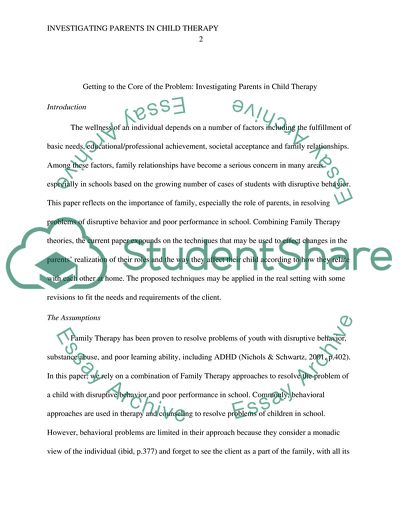Cite this document
(“Personal approach to family therapy based on different theories Essay”, n.d.)
Retrieved from https://studentshare.org/psychology/1577953-personal-approach-to-family-therapy-based-on-different-theories
Retrieved from https://studentshare.org/psychology/1577953-personal-approach-to-family-therapy-based-on-different-theories
(Personal Approach to Family Therapy Based on Different Theories Essay)
https://studentshare.org/psychology/1577953-personal-approach-to-family-therapy-based-on-different-theories.
https://studentshare.org/psychology/1577953-personal-approach-to-family-therapy-based-on-different-theories.
“Personal Approach to Family Therapy Based on Different Theories Essay”, n.d. https://studentshare.org/psychology/1577953-personal-approach-to-family-therapy-based-on-different-theories.


